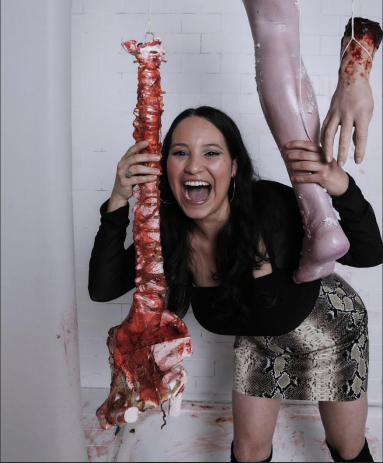Every Ti West Horror Movie, Ranked
Ti West is a multifaceted filmmaker with a profound love for cinema and a thorough appreciation for all aspects of genre filmmaking. From his 16mm inception to his critically acclaimed A24 hits, this list ranks all his feature horror movies.

Ti West was born and raised in Wilmington, Delaware, where he spent a lot of his time obsessively renting movies and taping them with his VCR. The influence of the lo-fi aesthetic of VHS is certainly apparent in his work. “Most of my filmmaking experience stems from my time spent growing up in the video store,” he shared in a 2005 interview with Film Threat before the premiere of his first feature film The Roost. The future filmmaker gravitated to the horror section at the back, which he describes as “the punk rock movies” whose dark subject matter fascinated him.
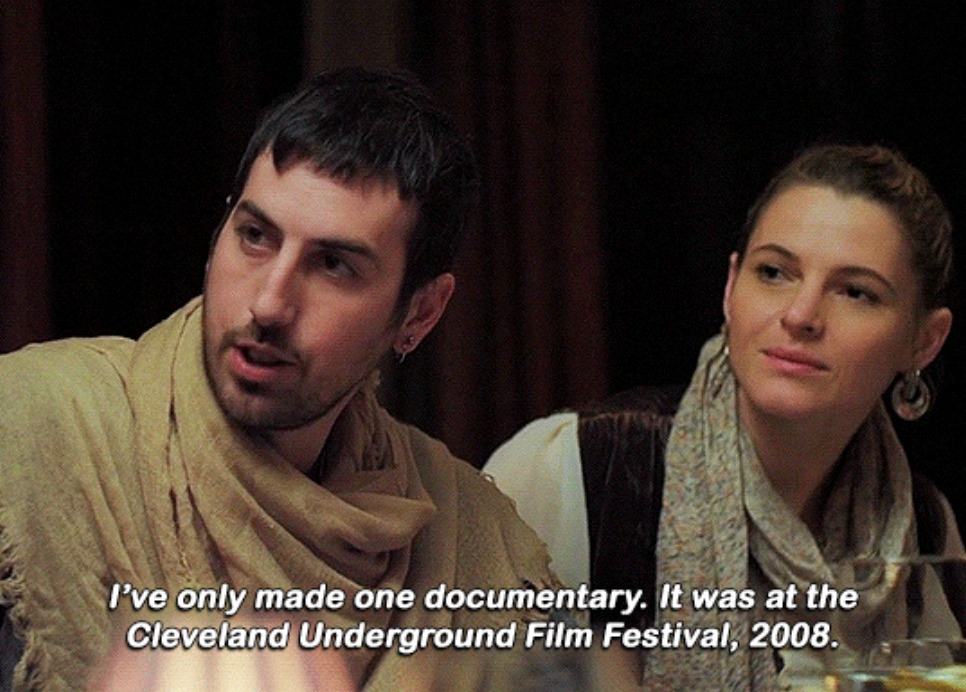
He developed a desire for filmmaking in high school when he made an eight-minute short about a student in a classroom with an uncontrollable nosebleed who later bleeds to death in the restroom. West was trying to get into college, and needed something to make up for his less than stellar grades. He succeeded, attending the School of Visual Arts in New York, where he came under the tutelage of screenwriter and indie director Kelly Reichardt and developed a friendship with her. It was through her that West connected with Larry Fessenden. The Glass Eye Pix founder was impressed with West’s collection of short films and asked him if he had any feature ideas, and that’s how The Roost came to be. Fessenden also bankrolled a couple of his other early movies, The House of The Devil and The Innkeepers, and appeared in a few of his other features. West now has 10 feature films to his name (with only one outside the horror genre), several shorts, and a web series. The writer-director can also act and has appeared in a couple of his own works and in other movies, like Adam Wingward’s You’re Next (2011).
His back-to-back A24 movies X and Pearl established West as a horror auteur. The filmmaker’s huge love of the genre reflects in the use of film homage in his pictures. He finds creating horror “appealing as it’s borderline an experimental genre.” West has cited Hitchcock, The Shining (1980), The Exorcist (1973), Rosemary’s Baby (1968), Poltergeist (1982), and The Texas Chainsaw Massacre (1974) as influences. He has also been inspired by Norman Rockwell, Mary Poppins (1964), grindhouse cinema, 70s horror, 80s gore, Disney, and The Wizard of Oz (1939). West is proof that it’s the most avid lovers of film who create the most riveting and brilliant cinematic works. Martin Scorsese himself proclaimed himself a fan, “Ti West’s movies have a kind of energy that is so rare these days, powered by a pure, undiluted love for cinema. You feel it in every frame.”
Find out what makes West one of the greats and see how he has grown as a filmmaker in the below curated list of all his horror feature films, ranked from worst to best.
9. Cabin Fever 2: Spring Fever (2009)
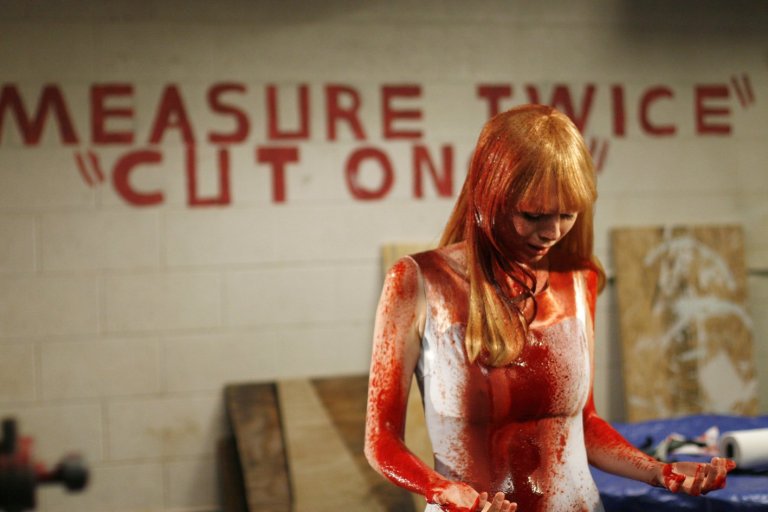
West himself would approve of this low ranking. He disowned the movie and even tried to “Alan Smithee” his way out of it in an attempt to get his credit removed from the project. The pseudonym is used by directors who don’t want to be associated with a film and can prove their lack of creative control. His request was denied because he wasn’t a member of the Directors Guild of America at the time, but that didn’t stop him from speaking out about how the Lionsgate producers distorted his original vision with extensive re-shoots and re-editing. He shared with Bloody Disgusting that the movie wasn’t “really directed” by him and went on to say “filmmaking is very personal for me and I can’t stand behind something I don’t feel responsible for.”
Full of teenage angst and awkward sexual encounters, the story explores the aftermath of the flesh-eating virus from the first movie reaching a highly populated high school prom via an infected popular brand of bottled water. The film ended up being a nonsensical and cluttered mess with flat characters, a fact reflected in its low ratings and poor reception. Despite this, Cabin Fever 2 has gone on to be a guilty pleasure among fans of the genre, probably due to its wild, excessive violence and gore. Watching the dry characters meet their bloody demise does make for a good time.
8. Trigger Man (2007)
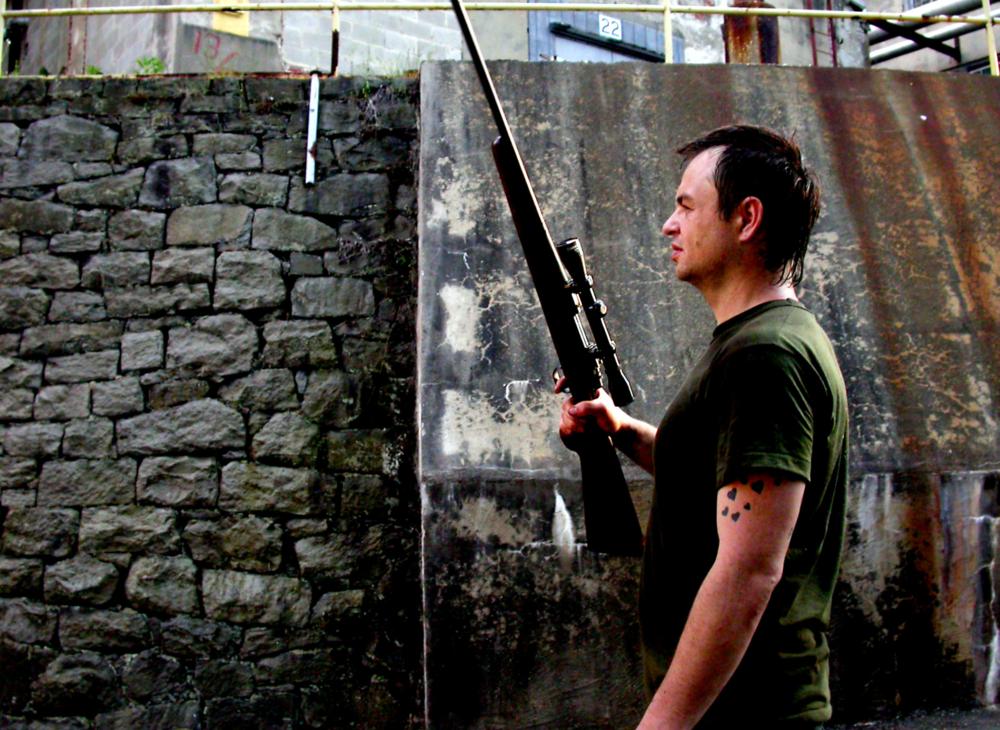
Ti West’s second feature film premiered at SXSW in 2007 and was created with a budget of only $10,000. He took on writing, directing, editing, and cinematography. It yielded rather rough results from the otherwise talented filmmaker. Borrowing elements from movies like Deliverance (1972) and The Hills Have Eyes (1977), the horror-thriller, which claims to be inspired by true events, focuses on three hunters who travel from Manhattan to Delaware. As they descend deeper into the woods, they realize that they’ve become prey in someone else’s sadistic hunting game.
The movie is a slow-burn, but a long-winded one that almost forces the audience to lose interest. Its slow pacing doesn’t pay off with any climactic moments, despite having some great instances of suspense. The one-dimensional characters carry on minimal and tedious dialogue until something big enough to surprise the viewers finally plays out on screen. Although he fails to take advantage of the opportunity for character building, West does manage to get in a few good moments of tension, creating genuine fear. When the violence finally comes, he delivers on blood and carnage a la 70s grindhouse. Trigger Man fails to leave a memorable impression, but it does show that West’s editing ingenuity and innovation existed even so early on in his career. It’s worth a watch for die-hard fans interested in seeing how far the filmmaker has come since then. He showed so much improvement only a couple of years later in his 2009 satanic horror.
7. The Roost (2005)
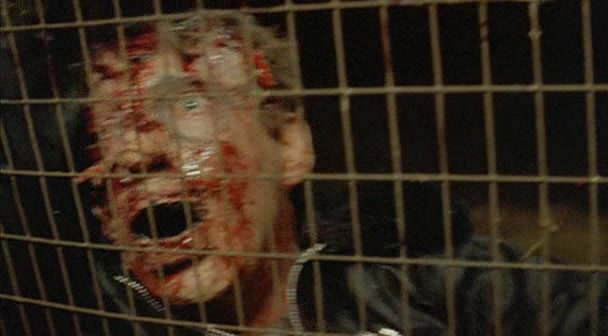
West’s first feature film has an aesthetic similar to X and The House of the Devil, laying the foundation of his vision for horror filmmaking. In fact, it has many parallels with X—a group of people trapped in a farmhouse, the foreshadowing of the characters’ deaths, an elderly couple. Much like in X, West creates “one goddamn fucked up horror picture” in an otherwise simple setting. Embracing the lo-fi nature of 16mm film, the low-budget flick achieves a charming VHS rental-like quality that arguably elevates its look. The Roost gives a glimpse at West’s penchant for form and style. Here, he leans into 80s and 90s cult classics like Are You Afraid of the Dark, Tales from the Crypt, and Elvira’s Movie Macabre.
The campy film opens up with the fictional horror show Frightmare Theatre. Its host introduces the audience to the horror movie they’re about to see, The Roost. The film-within-a-show follows a group of friends traveling for a wedding who experience car trouble on a secluded highway. After seeking shelter in a barn, the foursome realizes it’s a home to a horde of bloodthirsty, zombified bats. Battling against the animated corpses of those who’ve been bitten by the rabid creatures, they struggle to survive the night. While it has its shortcomings and its fair share of ridiculous moments, The Roost is essential viewing for any lover of Ti West filmography.
6. The Sacrament (2013)
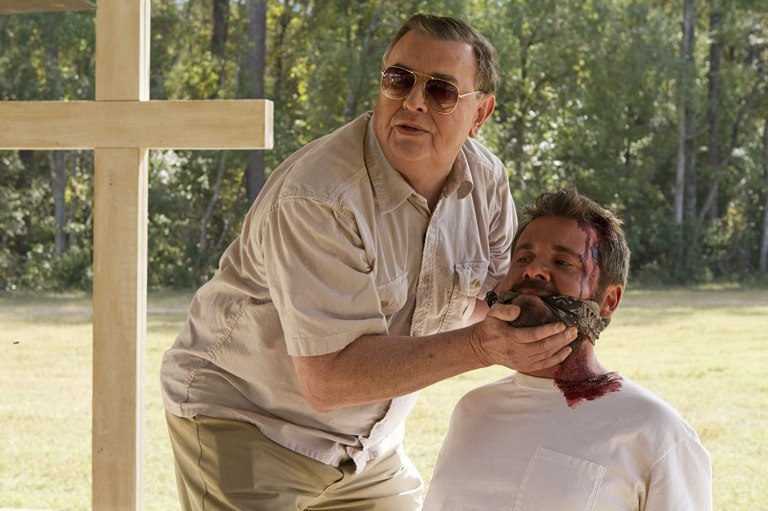
West Found the inspiration for this film in the real-life Jonestown massacre of 1978, in which 918 members of a cult, led by reverend Jim Jones, died by mass murder-suicide via cyanide-laced fruit punch. Presented in a found-footage format, the film is constructed as a Vice investigative report and told through the recordings of a news crew who travel to Eden Parish, an isolated commune in the Caribbean founded by a religious leader known as Father and inhabited by expats. The team is inspired after a Vice photographer receives a letter from his estranged sister, now a member of the community. The seemingly idyllic utopia hides sinister motives.
The Sacrament feels so raw, that it’s easy to forget it isn’t real. The pacing works great and West methodically amplifies the insidious tension, working his way up to the chilling third act. Although it’s a foregone conclusion, West still manages to shock all the senses of his viewers with a bleak and brutal finale that explores the darkest, deepest corners of human depravity. After watching The Sacrament, West leaves his audience feeling empty in a way only a small number of filmmakers can.
5. The Innkeepers (2011)

In this modern haunted hotel picture, the filmmaker pays homage to 80s-era classics like The Shining (1980) and Poltergeist (1982). It follows two employees (Sarah Paxton and Pat Healy) during the last days of the Yankee Pedlar Inn, as they conduct an amateur paranormal investigation to find evidence of the ghost of Madison O’Malley, a bride who died of suicide on her wedding day. The writer-director got his inspiration during the production of The House of the Devil, while staying at the real-life Yankee Pedlar Inn in Connecticut, which is rumored to be haunted. Although proclaiming himself a skeptic, he told IndieWire that he and his crew experienced strange phenomena—the TV turning on and off by itself, lights burning out, vivid dreams. West returned to the Yankee Pedlar Inn to shoot The Innkeepers on location, where weird things kept occurring, like Paxton feeling a presence in her room in the middle of the night.
A bigger budget definitely helped West land on more solid ground, but this movie is still proof that he’s always evolving as a filmmaker. The dread and mood are well-crafted, with an eerie atmosphere running from the opening credits, through the humor, and right to the very last shot. West’s long takes do an excellent job at building up tension, and the several handheld POV shots he implements work wonderfully for those truly terrifying moments that play out on screen. Much like Hitchcock, he meticulously and slowly builds suspense. The film is a slow-burn, but one that hooks its viewers and rewards them with a second half that relentlessly frightens. This movie wouldn’t be what it is without the solid performances by Paxton and Healy or their chemistry, which compel the audience to care about their fleshed-out characters. While it has the feel of a traditional, cozy ghost story, it has West written all over it.
4. The House of the Devil (2009)
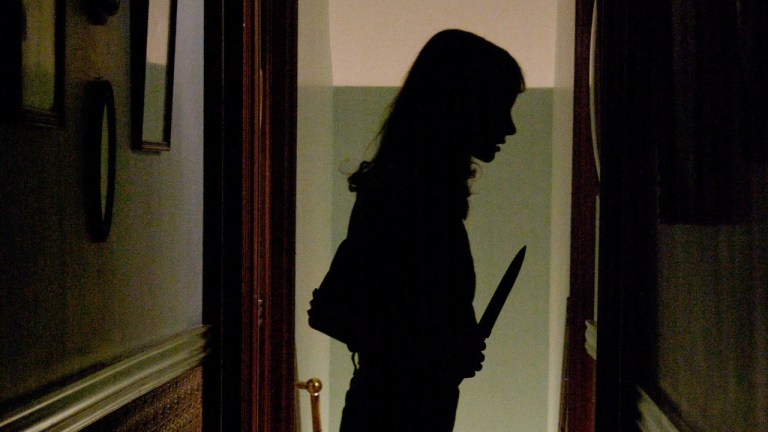
West’s love for 70s and 80s slashers and haunted house movies shines through in The House of the Devil, where he channels films such as Black Christmas (1974), Halloween (1978), When a Stranger Calls (1979), and Night of the Demons (1988). Set in 1983, The House of the Devil taps into the Satanic Panic of yesteryear and stars Jocelin Donahue as broke college student Samantha, who takes a shady babysitting job at an isolated Victorian house in the woods on the outskirts of town. Although it wasn’t successful at the box office, the film has garnered a cult following among fans of the genre.
The writer-director shot The House of the Devil entirely on 16mm, evoking the past. Nostalgia turns into disbelief that the film isn’t actually some lost gem from that period. The opening credit sequence, cinematography, editing, and musical score feed its authentic vintage feel and create a fully immersive experience. West chills to the bone with a well-built and tense atmosphere that keeps the audience hanging on to the edge of their seats. He generates a persistent paranoia by subtly taking advantage of darkness, silence, and emptiness. The tension proves just as effective as the gore. The indie is one of the greatest horrors of the last two decades—an artistic masterpiece, which unsurprisingly became West’s breakout hit.
3. X (2022)
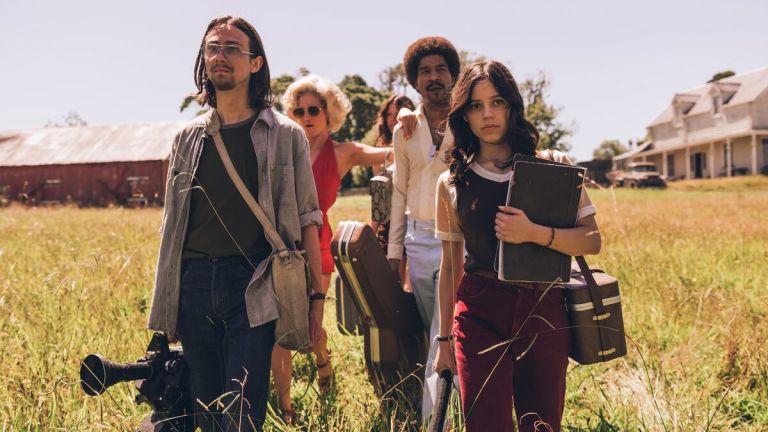
The writer-director made horror history with his arthouse slasher X, starring Mia Goth and set in 1979. The story follows a cast and crew who rent the guesthouse of a Texas ranch to shoot a pornographic film and find themselves threatened by the homicidal elderly couple who owns the property. The gritty metafilm, which has established itself as a modern horror classic, pays homage to grindhouse and exploitation films of the 1970s, while managing complete subversion of classic horror tropes. Instead of condemning female sexuality as punishable by death, West rejects tradition and brings to life a progressive and sex-positive story that explores themes of desire, female pleasure, self-empowerment, aging, and oppression under religion. X spiritually resonates with its audience, even through all the blood, violence, and gore.
With this intricately crafted throwback to Texas Chainsaw Massacre (1974), West cements himself as a horror auteur. The movie is ideologically, visually, audibly, and scripturally expressive. Although shot digitally due to limitations during the COVID lockdown, the director achieved a retro aesthetic using special lenses and light fixtures to evoke 16mm film. There are moments where he masterfully plays with a split-screen effect reminiscent of Brian de Palma. The provocative picture surpasses Hitchcock’s Psycho (1960) in terms of suspense, and beats Carpenter at the slasher. Goth’s dual performance as the young, beautiful, sexually liberated Maxine Minx and the murderous, decrepit Pearl make her one of the most iconic scream queens of all time.
2. MaXXXine (2024)
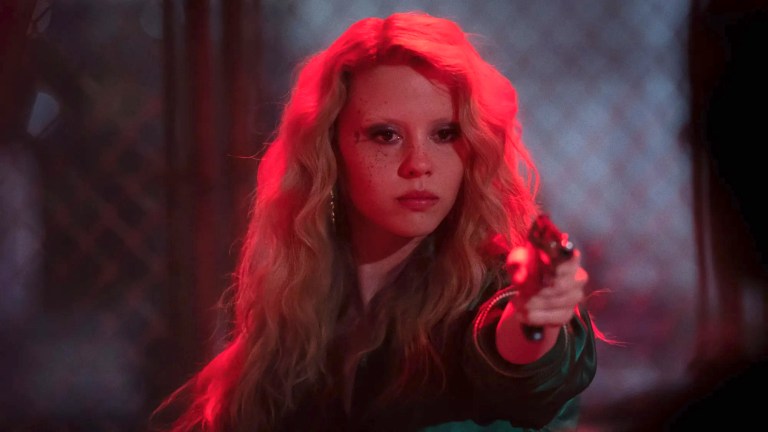
This ranking might be controversial but MaXXXine is a beautiful conclusion to the X trilogy. It’s hard to disagree with Martin Scorsese, who absolutely loved the film and admires how each entry represents “a different type of horror, related to different eras in American moviemaking” and how collectively they tell “three linked stories set within three different moments in movie culture, reflecting back on the greater culture.”
As always, Mia Goth shines in her role as Maxine Minx, who’s trying to cross over from being a porn star into mainstream cinema in 1985. She successfully auditions for the lead role in horror flick The Puritan II, helmed by stern female director Elizabeth Bender (Elizabeth Debicki). Meanwhile, serial killer The Night Stalker haunts the streets of Los Angeles. Debicki, Kevin Bacon, and Giancarlo Esposito give standout performances in their supporting roles.
As with many of his works, West pays homage to cinema from a bygone era. MaXXXine is a love letter to 1980s giallo films and B-movies that excels in vibrantly painting a sleazy portrait of Hollywood in its respective decade, delivering on aesthetics, vibes, musical score, sex, cocaine, and Satanic Panic. The writer-director accomplished all he set out to do, reclaiming tropes of the time and celebrating what fans love the most about the genre—downright gore and filth—against the backdrop of the film industry.
There are hints of Brian De Palma and gritty neo-noirs, and plenty of female rage (this one is for the ladies who’ve ever wanted to stomp on a pair of balls or repeatedly punch a creepy man in the face). The bloodsoaked film has nods to its predecessors and continues commentary established in X and Pearl, such as aging, sexual desire, lust for fame, religion, filmmaking, and American conservatism. Here, West expands his ideas to explore power, men’s obsession with control, the exploitation of women, the pursuit of stardom, religious trauma, national media, self-actualization, and the hypocrisy of conservative opinion. MaXXXine is a heavily misunderstood work that will be rediscovered and praised by audiences in the future.
1. Pearl: An X-traordinary Origin Story (2022)
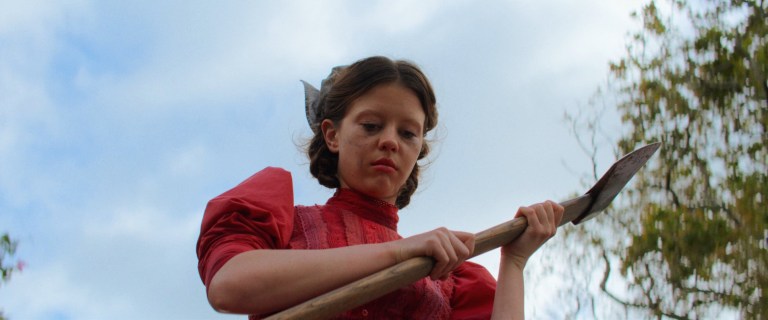
Co-written by the powerhouse duo of West and Goth, Pearl takes viewers back 60 years before the carnage of X. It’s 1918 and Pearl is living on her family’s farm with her parents and a husband away at war. The young disturbed girl has aspirations of becoming a successful dancer and achieving stardom. She wants to escape her oppressive familial prison, where she’s forced to endure a strict mother who diminishes her and a disabled father she has to care for. Pearl lives a suffocated life, confined by two roles: obedient daughter to immigrant parents who have sacrificed everything for her and faithful wife to a husband she loathes for refusing to give her a better life. Her repression manifests in an overtly sexual disposition—and later through murderous acts.
The arthouse horror serves as a twisted character study, and that’s exactly what makes it so powerful. Although she’s a violent individual who clearly exhibits antisocial behavior, Pearl manages to garner empathy for its subject—a feat accomplished by both a commanding performance and evocative cinematography. Goth is electric as Pearl—from the opening sequence to her maniacal shot at the very end. Her electric eight-minute monologue emphasized the anti-horror bias of the Academy Awards. The way Goth channels her character’s grief for a life she’ll never have when she sends the ax swinging down on Mitsy (Emma Jenkins-Purro) is purely riveting. The movie, which was made to look like it was shot on three-strip Technicolor, gives Pearl’s story a Disney feel and channels 1939’s Wizard of Oz. Much like Oz was only a dream and Dorothy never really left Kansas, Pearl’s aspirations are destined to remain fantasies and she’s fated to forever be trapped in the same farmhouse purgatory. Pearl terrifies, breaks hearts, and transcends all genre expectations.
Further reading:
